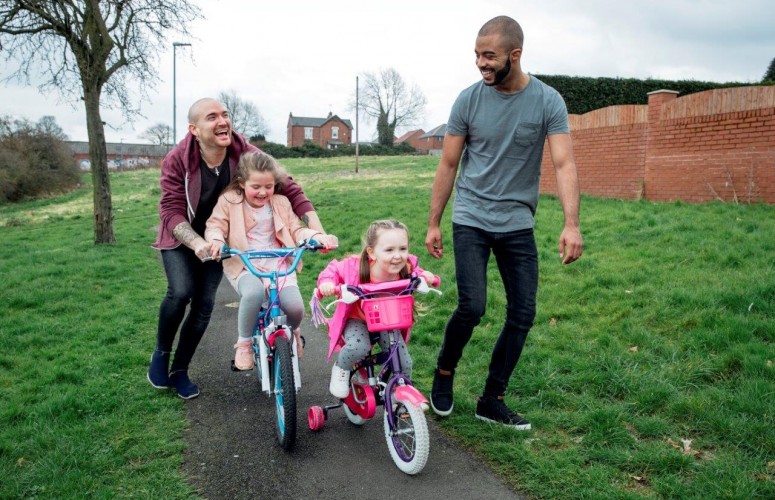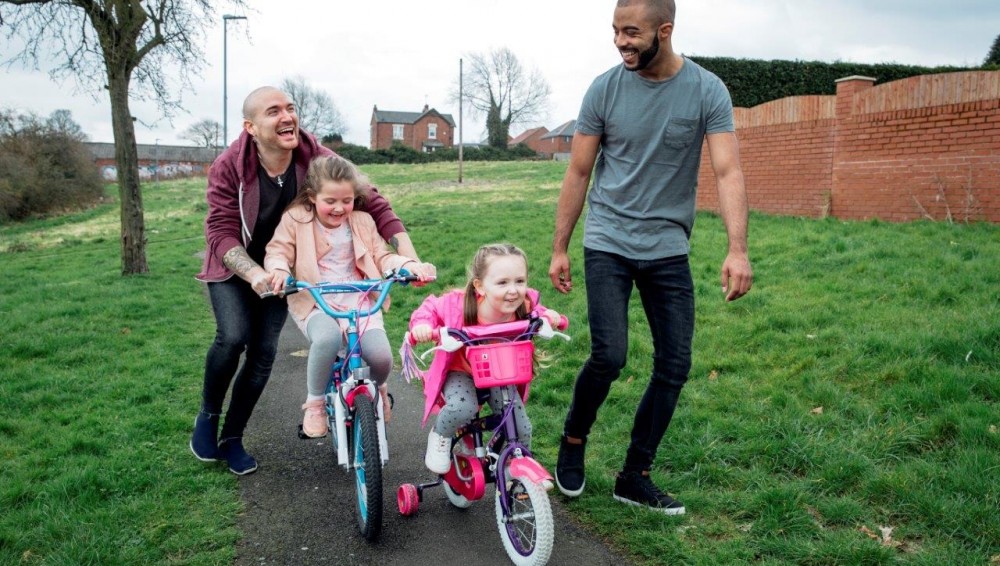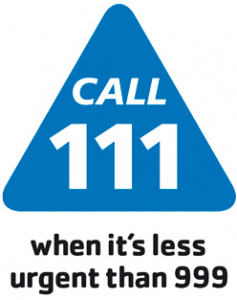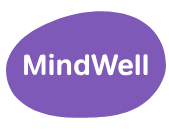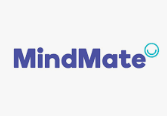Lazy eyes and squints
What is a ‘lazy eye’?
People use this term to describe many different things. In the eye clinic, we use this term to mean one eye that doesn’t see as well as normal even when the correct glasses are worn. The medical term for a lazy eye is amblyopia. Amblyopia is commonly caused by a squint or a difference in the focusing of each eye.
My child sees well when both eyes are open so why is treatment needed for a lazy eye?
We can only help a lazy eye to ‘learn to see’ better up to the age of about eight years. Treatment at an early age can improve the sight. It is much better to have two good eyes than one poor one. If, for example, the good eye is damaged in an accident your child won’t be held back by the poor sight in the remaining lazy eye.
What is a squint?
A squint is when one eye drifts in a different direction to the other. A squinting eye may turn in (convergent), out (divergent) or more rarely it may turn up or down (vertical).
I cannot see the squint. Does it really matter?
Yes. When one eye turns, it is ‘switched off’. This can stop the eye sight from developing normally making it ‘lazy’.
Do children grow out of squint?
Almost never! Babies and children often look as if they are squinting when they are not and so some children appear to grow out of a squint when in fact they never squinted in the first place. It needs the specialist skills of an orthoptist to judge whether or not your child has a squint.
My child only squints when tired or run down. Why?
This is a warning sign that should not be ignored. It means your child is trying to control a tendency to squint but cannot manage to do so all of the time. If left, it may become permanent which may lead to amblyopia.
Will my child need an operation?
There are many different types of squint and only some require an operation. It is important to make sure both eyes are seeing well before an operation is advised. An operation on its own will not make a lazy eye see well.
What about my other children?
Squints and lazy eyes can run in families so we sometimes recommend that your other children are tested also. If you have any concerns about your other children, please tell your orthoptist.
Glasses
What is long-sight?
A long-sighted person needs to focus more than average to see things clearly, even when looking into the distance. Many children can over focus to see fairly well despite being long-sighted. This is because the lens inside the eye that does the focusing is soft when they are young. This becomes more difficult as they get older. Sometimes this extra focusing can make one eye turn in leading to a squint.
What is short-sight?
A short-sighted person can usually see close things clearly but more distant things are blurred.
What is astigmatism?
This is where the front of the eye is curved unevenly. If a ball was made of these curves, it would be shaped more like a rugby ball than a football. This will result in blurred vision at all distances.
My child appears to see well so why are glasses needed?
One eye may see very well and the other very badly. Your child will not notice this when both eyes are open. Glasses will help a lazy eye see better and often help to straighten a squint. Once treatment for amblyopia is finished, it is important that your child continues to wear their glasses to stop the eye becoming lazy again.
My child says the glasses make their sight worse
This often happens in the first few days after getting new glasses especially in those who are long-sighted. This is because the eyes need to stop doing the extra focusing they have been used to doing and let the glasses do it for them. Once they have learned to do this, they will see clearly through the glasses. We usually test the vision six weeks after getting the glasses to check that all is well. It is important that your child wears the glasses all the time so they get used to them as quickly as possible.
My child says the glasses make no difference to their sight
This can happen if the two eyes are different from each other (e.g. if one eye is more long-sighted than the other). The sight can be the same in the good eye with and without the glasses but only when the glasses are worn does the lazy eye have a chance to see and develop properly.
Can my child take their glasses off when playing?
Glasses should be worn as much as possible. They may be removed for rough games such as contact rugby but could be worn for touch rugby. Glasses should be put on again as soon as possible. A sports band might be advisable. The lenses are plastic and will not splinter if broken. It is important they are not left off for long periods such as school holidays.
Will I have to pay for glasses for my child?
You will be given a prescription for glasses by the optometrist. This prescription contains a voucher towards the cost of the glasses. Many opticians have a range of glasses available within the value of the voucher so the glasses will cost you nothing. You may choose to pay towards a more expensive frame but if you do, you will have to pay towards any repairs or replacements if the glasses get broken or lost. It is worth shopping around to find a pair of glasses that your child likes, that fit well and don’t cost a lot or are free. No-one likes glasses that are always slipping down their nose or falling off! When you are choosing your optician remember that you have to take the glasses back to the same optician for repairs.
Will my child always have to wear glasses?
This will depend on the strength of the lenses. We treat amblyopia until about the age of ten and advise most young people to continue with their glasses at least until then. After that age the eyesight will not be permanently damaged if they leave them off. Your orthoptist will give you more details.
Once I have got the glasses, can my optician take over my child’s care?
When children have a squint, prescribing glasses of the right strength can be more complex than normal and is best done after discussion with an orthoptist. Most opticians do not have special training in squints so it is better to continue coming to our clinic (or a hospital eye department) where orthoptists also work. A squint is then not overlooked or treated inadequately. Some children will need treatment other than glasses for a lazy eye and very few opticians are experienced in this area. We discharge children to the care of their local optician as soon as we feel it is safe to do so.
